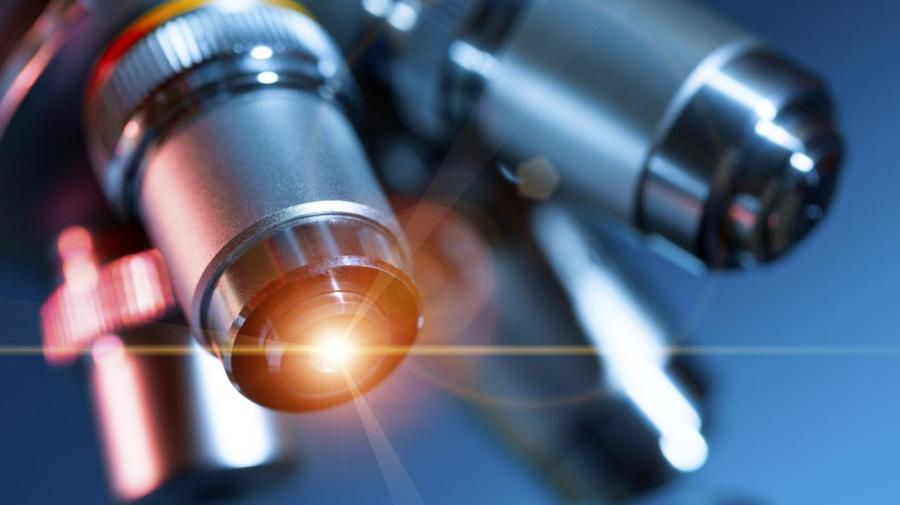What Is a Light Microscope Used For?

A light microscope is a popular tool often used in biology to detect small objects through its technology, which employs visible light. People commonly use these types of microscopes to look at bacteria, which can be visible at 100x magnification. However, not all light microscopes, specifically bright field microscopes, are capable of seeing these small cells.
There are many types of light microscopes. They range widely in price range and the quality of their construction. Some of the most expensive light microscopes are capable of illuminating amazing details when used properly.
The most well-known type of microscope is the bright field microscope, which many students use. Higher-priced light microscopes may have dark field and phase contrast optic features.
There are also differential interference contrast, Nomarski and Hoffman modulation contrast light microscopes. These microscopes have various applications, being able to produce amazing depth and three dimensional visuals. There are also fluorescence and confocal microscopes, specialized variations that can be found in research laboratories, clinical purposes and industrial settings.
Contrary to popular belief, light microscopes don’t require just ample magnification in order to be effective. It is also very important to obtain proper contrast, the right focal plane, the proper resolution and being able to recognize the object once it is in view.





